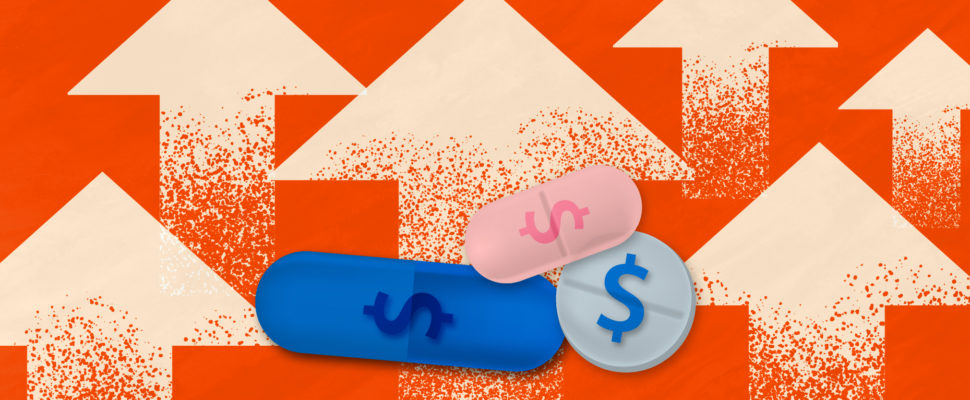AAM President Dan Leonard highlights the findings of the association’s most recent report and re-states the value proposition of generic and biosimilar drugs in the USA.
AAM’s 2020 access and savings report documenting the savings generated by generic prescription drugs once again trumpets the value proposition of generic and biosimilar medicines.
The value proposition of generic medicine
Thanks to generics, the US healthcare system saved USD 313 billion in 2019, including USD 96 billion and USD 48.5 billion in Medicare and Medicaid savings, respectively. A full 90 percent of prescriptions filled in the United States are generic but these FDA-approved medicines account for just 20 percent of prescription drug spend. And 92 percent of generic prescriptions are filled at USD 20 or less.
Owing to technological innovation and a range of systemic issues, US healthcare costs generally rise at a higher rate than inflation. There is one major exception to this rule: Prescription medications actually decline over time. The reason? Generic drugs cost about one-tenth of their brand-name counterparts.
The report breaks down savings by state and payer type as well as listing the products that yield the greatest savings—starting with the atorvastatin that I take to control my cholesterol. About 98 percent cheaper than the brand-name drug, Lipitor, atorvastatin alone generated USD 17.7 billion in savings in 2019. AAM also publishes condition-specific savings data on cancer (USD 13.6 billion), mental health (USD 51 billion), heart disease (USD 50 billion), Alzheimer’s disease (USD 3.5 billion), COPD (USD 9.2 billion) and more. Each dollar saved represents an American patient with a health condition impeding the ability to lead a full and productive life—or even threatening life.
The increasing prominence of biosimilars
While the prices of traditional or small molecule drugs can be brought down with generics, it’s a different story for specialty drugs, including biologics. In the US today, two percent of prescriptions account for nearly 50 percent of spending. Humira, the most profitable drug in history, costs USD 72,000 a year. While the market for biosimilars officially launched 10 years ago, it’s only in recent years that they have become more widely available in this country. In 2019, biosimilars savings came to USD 2.2 billion—a considerable sum but far short of what could be achieved if the market operated more efficiently. According to the AAM Biosimilars Council’s series Failure to Launch, delayed launch of biosimilars due to patent thickets has cost the US healthcare system an astounding USD 7.6 billion in lost savings since 2015.
The resilience of the pharmaceutical supply chain
The generic pharmaceutical industry has operations all over the country, employing more than 52,000 workers and manufacturing more than 60 billion doses in about 150 US facilities every year. (It’s a global industry, but more than half of FDA-regulated API facilities are in the US and Europe.) This robust domestic presence, along with a diversified manufacturing and supply chain, has ensured patient access to quality, safe and effective medicines for decades.
What was true before the pandemic remains true today. The generics and biosimilars industry is helping patients lead healthier and more productive lives. While the world awaits a vaccine, patients are living thanks to the generic medicines that are receiving. Generic sedatives, muscle relaxants, pain medications and steroids represent the standard of care for treating COVID patients.
At the start of the pandemic, many experts predicted drug shortages, but faced with an unprecedented challenge, manufacturers have shown they can nimbly manage complex global systems to minimize disruptions and honor their commitment to patients. AAM’s Blueprint for Enhancing the Security of the US Pharmaceutical Supply Chain points to realistic ways of further increasing national security, reducing dependence on any one country for key pharmaceuticals or their components and expanding the employment base of our industry.
As the report makes clear, generic and biosimilar savings make a difference in the lives of US patients and in the public and private healthcare systems that patients and their families depend on. But we can do even better. Policy changes can restore the balance between the innovation made possible by the brand-name drug manufacturers and the competition that the generic industry brings to the market—enhancing affordability and access.



